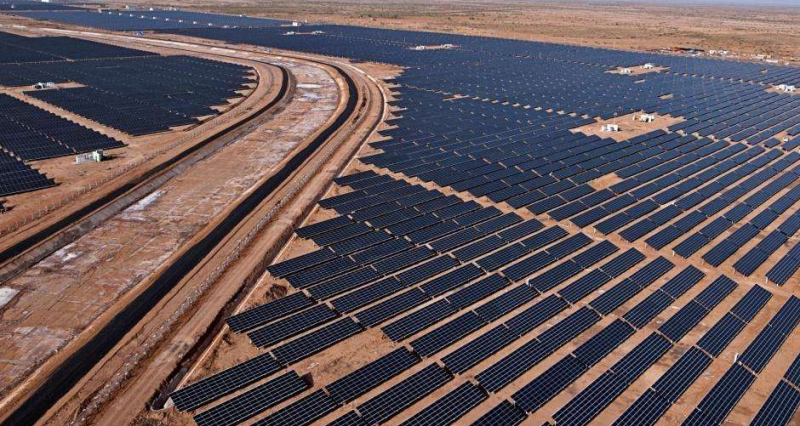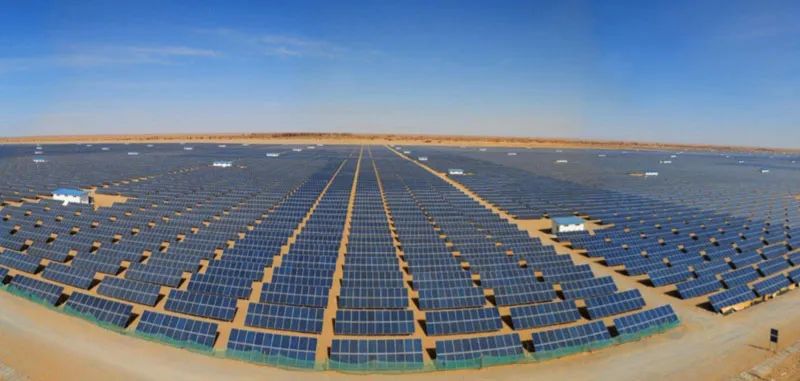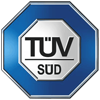
Barry Cinnamon, CEO of California energy developer Cinnamon Energy Systems, reviewed the development of the energy storage industry in 2020, said: “2020 is a bad year for many organizations and people, but for the solar power and energy storage industries Fortunately, users have a great demand for products and services. From the perspective of income, 2020 is not as bad as people think. As many people continue to work remotely from home, in 2021 there will be a low-cost, safe and reliable The demand for energy supply on the user side may be higher.”
The following is Cinnamon’s forecast for residential solar and energy storage systems in terms of technology and market in 2021.
(1) More and more residential buildings deploy solar power generation facilities
In the past 20 years, the efficiency of solar power generation components has increased from about 13% to more than 20%, and the cost has dropped significantly. Therefore, it is more economical to install solar power generation facilities on the roof of buildings.
(2) Buildings will be designed for negative carbon emissions
The higher efficiency of residential solar power components means that buildings can be designed as carbon-negative buildings, that is, the energy generated exceeds the energy consumed by their operations. Therefore, the proportion of buildings that will deploy solar power generation facilities will increase.
(3) The skill level of solar and energy storage contractors will improve
The additional functions and configuration options of solar power generation facilities and battery energy storage systems require installers to have a higher technical level in order to be better deployed. Gone are the days when installers only needed to connect the wires correctly to make the system run normally. Installers must now be proficient in building electrical wiring, CAT 5/6 communication lines, various wireless communication protocols, computer and mobile phone applications, and dozens of inverter/battery configuration options. The traditional electrical and installation training is not enough for solar and energy storage system installers.
(4) The industry monopoly of module-level power electronic products will continue
Inverter products using inverter manufacturers SolarEdge (power optimizer) and Enphase (micro inverter) have become the installation standard for more than 75% of residential solar power facilities. The patent protection of these components, the scale of production, and compliance with electrical regulations have created major obstacles for other inverter products to enter the market. With technological development and advancement, industry leaders must continue their innovative efforts to stay ahead.
(5) Customer service and warranty are key selection criteria for battery energy storage systems
As we all know, the working life of batteries is usually very short. Users pay more attention to the integrity of battery energy storage system battery warranty services. They hope to purchase battery energy storage systems directly from manufacturers because these manufacturers have a good record of supporting their products.
(6) The requirements of UL 9540/A may hinder the release of new energy storage products
Before the manufacturer completes the necessary tests, these good safety standards to prevent batteries from entering a thermal runaway state have been implemented. In some cases, some battery energy storage systems do not meet qualified safety standards, and the interpretation of test results depends on local regulations. For example, many densely populated urban areas in California prohibit the deployment and operation of battery energy storage systems with an energy storage capacity of 20kWh or more, because most residential users cannot meet the safe operation requirements of battery energy storage systems.
(7) The scale of residential solar power generation system should be expanded
Owners of most buildings will add more electrical facilities (such as heat pumps and electric cars, etc.). Since building electricity consumption will inevitably increase, for most residential users, expand the scale of solar power generation facilities It is a wise decision.
(8) Electric car chargers will become the choice for installing new solar power systems
The standard solar power facility system can also be used to provide electricity for electric car chargers. Some new inverter designs have dedicated connections for electric vehicle chargers, which simplifies the wiring, permitting and control measures for electric vehicle charging, thereby significantly reducing costs.
(9) Residential users may deploy more battery energy storage systems in the future
In the future, residential users will deploy another independent battery energy storage system to charge electric vehicles in addition to residential solar power generation facilities and battery energy storage systems that power their homes. This is due to the continued cost reduction of solar + energy storage systems Will meet the needs of vehicles to the grid system.
(10) The price of solar + energy storage system for residential users is still very expensive
Residential users need to deploy solar power generation facilities, batteries and inverters to provide backup power during a power outage, and the cost of their procurement and deployment is still high.
With the cancellation of the U.S. federal investment tax credit policy, there are still two years away, and the next administration of the U.S. pays more attention to the development of the solar energy and energy storage industry. It is foreseeable that the U.S. solar energy and energy storage industry will usher in growth again. One year. However, two main factors will continue to limit the market penetration of residential solar + energy storage systems: one is that utility companies place stringent requirements on residential solar and energy storage facilities deployed by customers, resulting in high self-generation electricity prices and complex grids Interconnection requirements. Second, soft costs are getting higher and higher, many of which are related to equipment standards and building regulations.
Fortunately, the U.S. federal industry organizations (for example, the American Solar Energy Industry Association, Vote Solar, Interstate Renewable Energy Council, Smart Power Alliance, etc.) and local industry organizations (California Solar Energy and Storage Association and Solar Energy Rights Alliance, etc.) Advocacy organizations are working to reduce these disadvantages.




 2021-01-11
2021-01-11
















